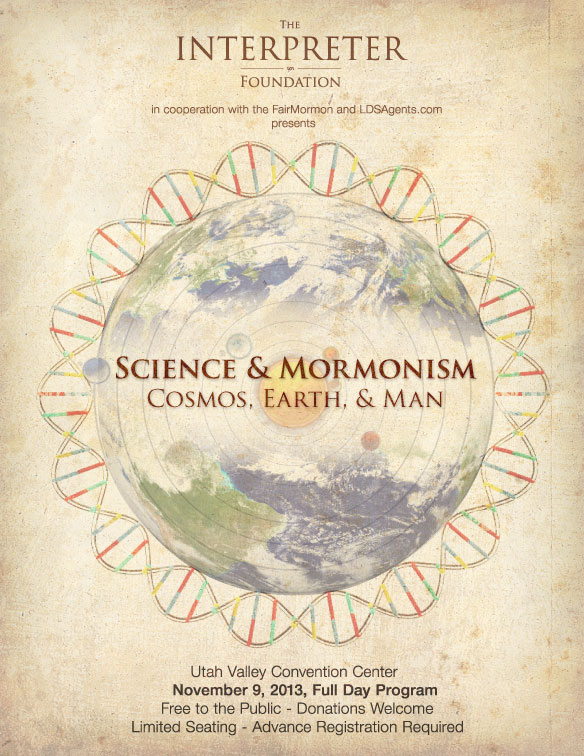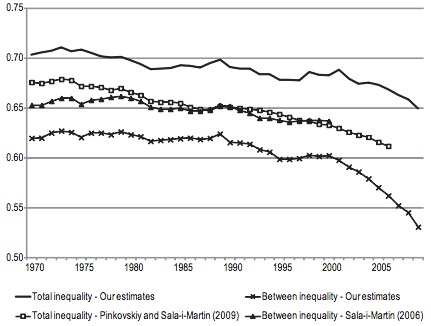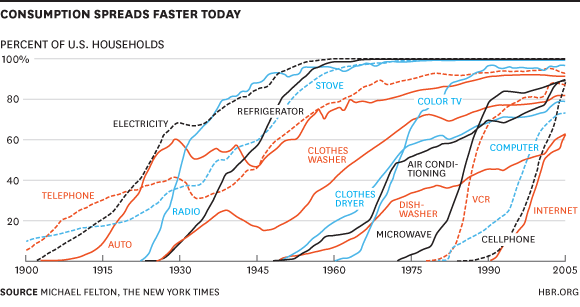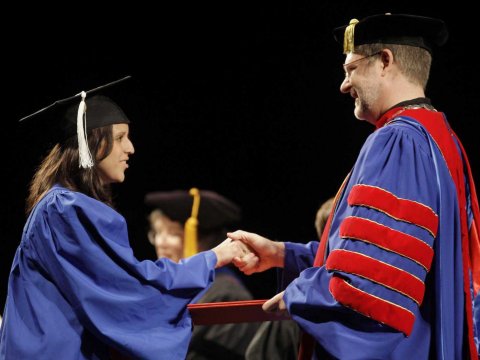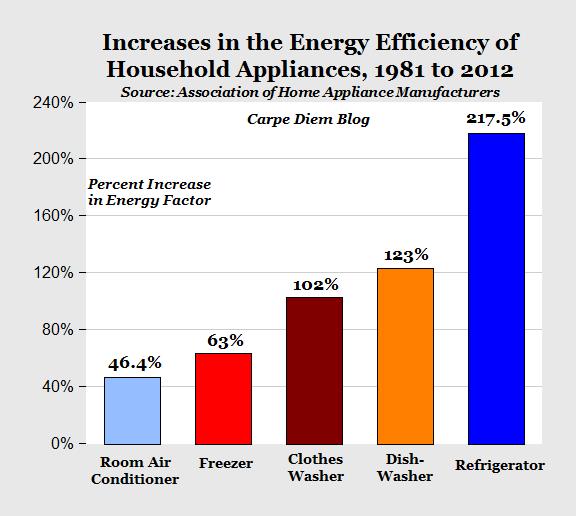I was recently revisiting some of the research by economist Thomas C. Leonard of Princeton University on eugenics and economics during the Progressive Era. Leonard is currently working on a book entitled Excluding Inferior Workers: Eugenic Influences on Economic Reform in the Progressive Era. I had nearly forgotten about the excellent slide-show he produced for his book’s research. For those who have an interest in economic history–especially the Progressive Era’s influence on America’s economic thinking–these slides are definitely worth reading.
 Walker
Walker
Pope Francis: Lost in Translation
Priest and blogger Father John Zuhlsdorf argues on his blog that part of Pope Francis’ apostolic exhortation may have been mistranslated. The Spanish reads,
54. En este contexto, algunos todavía defienden las teorías del «derrame», que suponen que todo crecimiento económico, favorecido por la libertad de mercado, logra provocar por sí mismo mayor equidad e inclusión social en el mundo.
The official English is translated as
In this context, some people continue to defend trickle-down theories which assume that economic growth, encouraged by a free market, will inevitably succeed in bringing about greater justice and inclusiveness in the world.
However, por si’ mismo (translated as “inevitably” above) actually means “by itself.” In other words, the Pope is saying the assumption that “economic growth, encouraged by free markets, will by itself succeed in bringing about greater justice and inclusiveness in the world” is false. As Father Zuhlsdorf puts it,
But the real point here is that in EG 54 the author says that “trickle down” economics cannot by itself produce the desired result. That is, of course, correct. No economic plan will solve the problems of the poor by itself. Economic plans must be carried out by people who have good, solid morals and values.
Easy for things to get lost in translation.
Science & Mormonism: Cosmos, Earth & Man
The Interpreter Foundation sponsored a conference in early November on (as the title indicates) the interaction of science and Mormonism. The conference videos were recently posted at the Interpreter website. The following is the list of presenters and participants:
- David H. Bailey
Berkeley National Laboratory (ret.) and University of California, Davis - Emily Bates
Professor of Pediatrics and Director of the Bates Laboratory, University of Colorado - Jeffrey M. Bradshaw
Senior Research Scientist. Florida Institute for Human and Machine Cognition - R. Paul Evans
Assistant Professor of Microbiology & Molecular Biology, Brigham Young University - Ron Hellings
Research Professor, Department of Physics, Montana State University - Bart J. Kowallis
Professor, Department of Geological Sciences, Brigham Young University - John S. Lewis
Professor Emeritus of Planetary Sciences, Lunar and Planetary Laboratory, University of Arizona and Chief Scientist, Deep Space Industries - Steven L. Peck
Associate Professor, Department of Biology, Brigham Young University - Jani Radebaugh
Associate Professor, Department of Geological Sciences, Brigham Young University - Michael R. Stark
Associate Professor, Department of Physiology & Developmental Biology – Neuroscience, Brigham Young University - Trent D. Stephens
Professor Emeritus of Anatomy and Embryology, Idaho State University - Amy L. Williams
Postdoctoral Research Fellow, Columbia University - Richard N. Williams
Founding Director, The Wheatley Institution, Brigham Young University
I’m excited for more conferences of this sort in the future. Be sure to check out the videos.
The Night of the Living Dead
Last year, I posted a piece at The Slow Hunch on Black Friday. Does the post-Thanksgiving binge represent the most base form of materialism? Maybe not (at least not completely). Check out my post to see why.
“The True Patron of This Holiday Feast”
Happy Thanksgiving!
Good News, Pope Francis
The media has exploded over Pope Francis’ recent apostolic exhortation. In it, he denounced social and economic inequality, which he declared are “the result of ideologies which defend the absolute autonomy of the marketplace and financial speculation” and “trickle-down theories.”[ref]Economist Thomas Sowell has claimed, “No such theory [i.e. trickle-down] has been found in even the most voluminous and learned histories of economic theories…Yet this non-existent theory has become the object of denunciations from the pages of the New York Times and the Washington Post to the political arena…It is a classic example of arguing against a caricature instead of confronting the argument actually made.” (Sowell, “Trickle-Down” Theory and “Tax Cuts for the Rich”. Stanford: Hoover Institution Press, 2012, 1-2.)[/ref] The media hailed it as an anti-capitalist proclamation, while virtually ignoring other important factors like his attack on abortion.[ref]”Among the vulnerable for whom the Church wishes to care with particular love and concern are unborn children, the most defenceless and innocent among us. Nowadays efforts are made to deny them their human dignity and to do with them whatever one pleases, taking their lives and passing laws preventing anyone from standing in the way of this. Frequently, as a way of ridiculing the Church’s effort to defend their lives, attempts are made to present her position as ideological, obscurantist and conservative. Yet this defence of unborn life is closely linked to the defence of each and every other human right. It involves the conviction that a human being is always sacred and inviolable, in any situation and at every stage of development. Human beings are ends in themselves and never a means of resolving other problems. Once this conviction disappears, so do solid and lasting foundations for the defence of human rights, which would always be subject to the passing whims of the powers that be. Reason alone is sufficient to recognize the inviolable value of each single human life, but if we also look at the issue from the standpoint of faith, “every violation of the personal dignity of the human being cries out in vengeance to God and is an offence against the creator of the individual”. Precisely because this involves the internal consistency of our message about the value of the human person, the Church cannot be expected to change her position on this question. I want to be completely honest in this regard. This is not something subject to alleged reforms or “modernizations”. It is not “progressive” to try to resolve problems by eliminating a human life. On the other hand, it is also true that we have done little to adequately accompany women in very difficult situations, where abortion appears as a quick solution to their profound anguish, especially when the life developing within them is the result of rape or a situation of extreme poverty. Who can remain unmoved before such painful situations?” (#213-214)[/ref] While some are seeing Francis’ remarks as radical, it is virtually the same message found in, say, the exhortations of John XXIII (1961) or Leo XIII (1891). This just reinforces Nathaniel’s point in his post “Meet the New Catholicism, Same as the Old Catholicism.”
But I have some good news for Pope Francis and the media: things have been getting better for some time. The world isn’t quite on its way to hell in a handbasket. Furthermore, it was the “autonomy of the marketplace” that achieved one of the major Millennium Development Goals of halving global poverty five years early. And as I’ve noted before, global inequality is actually decreasing. A brand new study supports past research by demonstrating that–though inequality is still high and increasing within countries (not just in America)–global inequality has seen an unprecedented decline.
(Above graph provided by GMU’s Robin Hanson)
This is not to say that all is well. There is much, much more to be done. But these are positive trends; trends that caused one journalist to declare 2012 (at the dawn of 2013) the best year ever. We have seen incredible progress over the past couple centuries. If we want to address social ills like those Pope Francis spoke of, we should look to those policies (and yes, ideologies) that have made these positive trends possible.
Oldest Buddhist Shrine Uncovered in Nepal
Archaeologists have excavated a Buddhist shrine in Nepal dating back to about 550 B.C. This discovery would push the birth of the Buddha back over a century earlier than scholars currently accept.
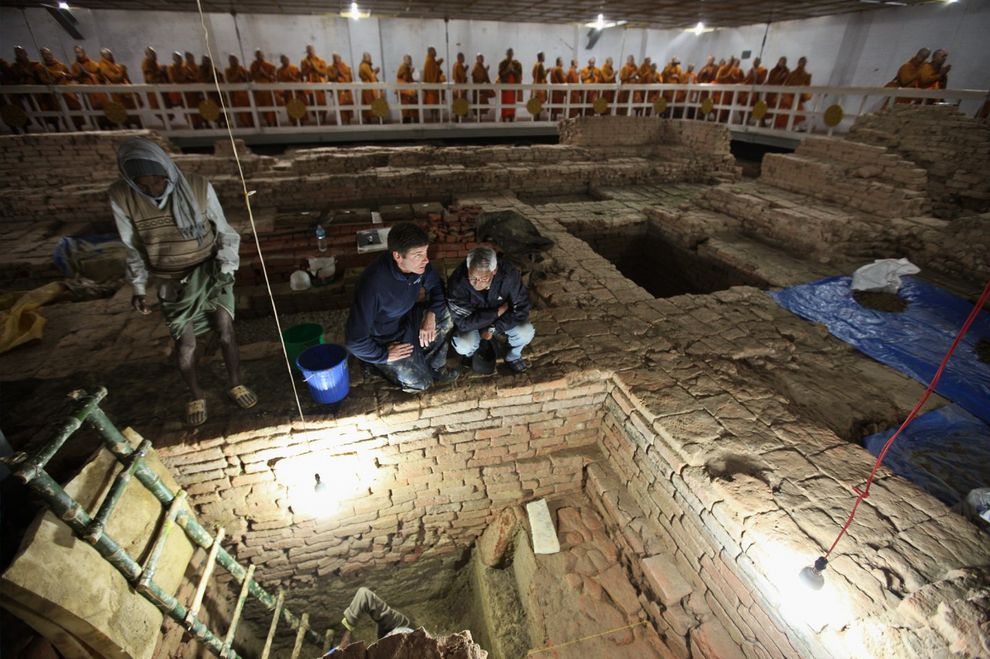
National Geographic has the details.
The Pace of Technology Adoption
Columbia business professor Rita McGrath has a brief blog post at Harvard Business Review demonstrating that technological innovations are being adopted more quickly than in the past. For example, “it took decades for the telephone to reach 50% of households, beginning before 1900. It took five years or less for cellphones to accomplish the same penetration in 1990.”
Furthermore, “it took 30 years for electricity and 25 years for telephones to reach 10% adoption but less than five years for tablet devices to achieve the 10% rate.”
McGrath concludes, “It’s clear that in many arenas things are indeed speeding up, with more players and fewer barriers to entry.” Just one more reason I’m optimistic about the future of living standards.
Dishonesty and Government Job Selection
“College students in India who cheated during an experiment were more likely to want to get a government job after graduating,” writes Business Insider. “Additionally, cheating in the experiment was predictive of actual corruption from government workers, showing that this sort of dishonesty could be linked to later corruption…”
The new NBER study could shed light on the source of government corruption: self-selection. Check it out.
Cheaper, Better, and More Efficient
That’s how economist Mark J. Perry–drawing on the Association of Home Appliance Manufacturers–describes today’s home appliances. The following chart goes nicely with my last post about the “magic washing machine“:
Today’s modern household appliances are not only cheaper than ever before, they are the most energy-efficient appliances in history, resulting in additional savings for consumers through lower operating costs. The average dishwasher today is not only more than twice as energy-efficient as a comparable 1981 model, but its real cost today is only about 50% of the price of the 1981 dishwasher, measured in hours worked at the average hourly wage. Put those two factors together, and the average American’s dishwasher today is about six times superior to the dishwasher of thirty years ago…Put it all together and American consumers have never been better off when it comes to the standard home appliances that we all own and take for granted.
We could all practice a little gratitude and have some perspective.

